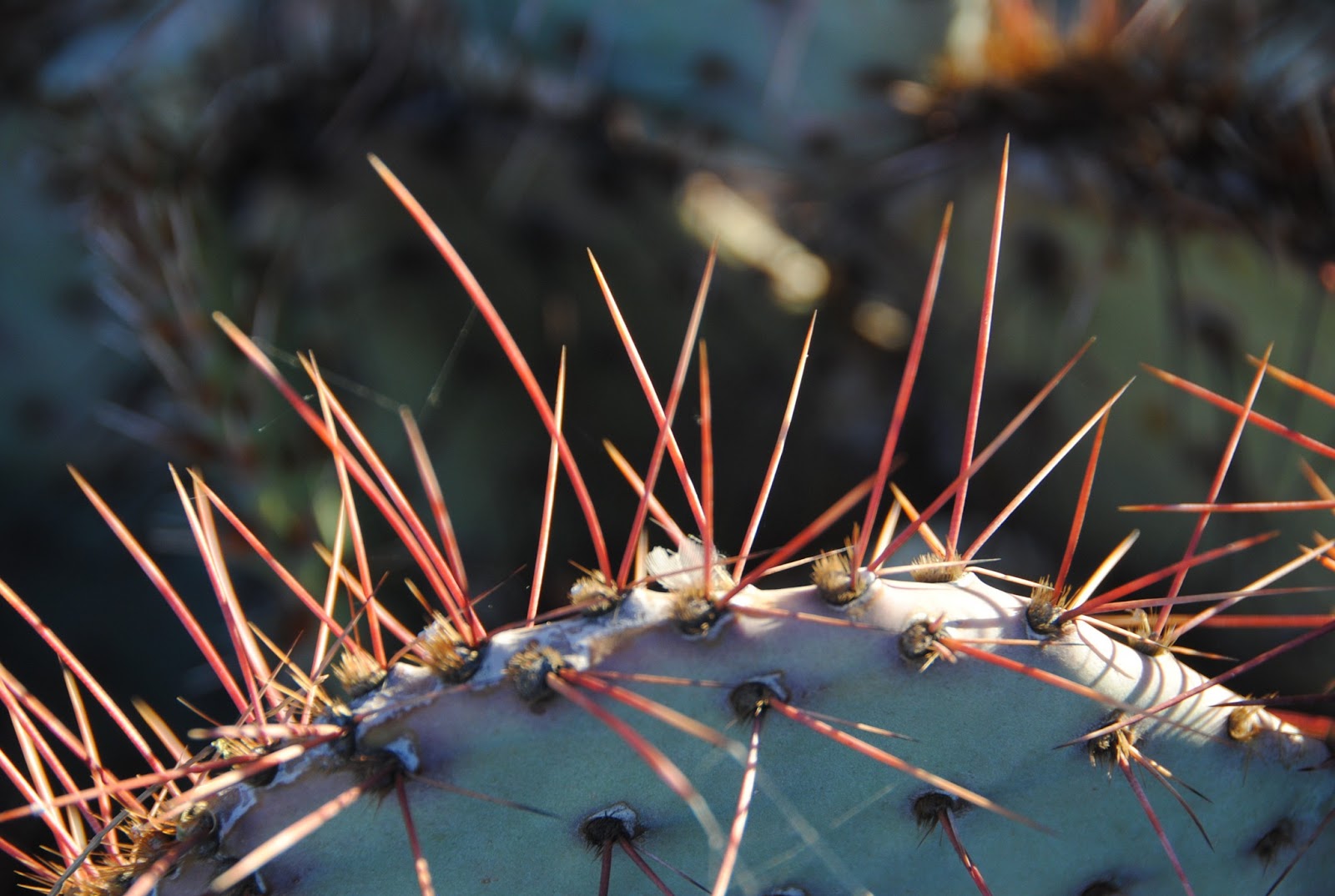When thinking about cacti, most people envision sharp spines and formidable thorns. This perception is often magnified when considering the prickly pear—an iconic member of the cactus family. However, the question remains: do prickly pears have thorns? The answer may surprise you. Understanding the anatomy and characteristics of prickly pears provides valuable insights into the ecological adaptations of these fascinating plants.
To grasp the concept of thorns, we must first differentiate between spines, thorns, and glochids. While many might use these terms interchangeably, they refer to specific structures within the plant kingdom. Spines and thorns serve the same fundamental purpose: protection. However, they differ in their formation and the plant parts from which they originate. Spines are modified leaves or parts of leaves, while thorns are modified branches. Glochids, on the other hand, are tiny, hair-like spines found on the pads of prickly pears, and it is these rather than traditional thorns that contribute to the plant’s notorious ‘prickly’ reputation. This differentiation is essential to understand the prickly pear’s unique adaptation to its environment.
The prickly pear, belonging to the Opuntia genus, is often characterized by its flat, paddle-shaped pads. These pads are not only storage organs for water but also serve as the primary site of photosynthesis in cactus species. While they may appear innocuous, each pad is adorned with clusters of glochids. These minute, barbed structures can detach easily and act as a formidable defense mechanism. The glochids can lodge into the skin of potential herbivores—humans included—making for a painful reminder not to handle the cactus carelessly. Thus, while prickly pears do not possess conventional thorns, they have adapted through these formidable glochids.
Understanding glochids provides a fresh perspective on how prickly pears defend themselves in their often harsh surroundings. Their environment—usually arid and hostile—requires cacti to use adaptations that conserve water while offering protection from herbivores. The glochids serve a dual purpose: they deter animals from consuming the plant and also limit competition by reducing the likelihood of other plants encroaching on the prickly pear’s territory. This effective survival strategy enhances the plant’s ability to thrive in arid ecosystems.
Furthermore, the growth habits of prickly pears reflect their resilience. Some species can grow quite large, achieving impressive heights and width, making them a striking presence in desert landscapes. The colorful fruits they produce, known as tunas, range from yellow to deep purple, attracting various wildlife and facilitating pollination. In this respect, the prickly pear is not merely a passive participant in its ecosystem but a dynamic entity that interacts vibrantly with its environment. This synergy raises the question: how do these plants contribute to broader ecological health?
Ecologically, prickly pears play a crucial role. They are significant food sources for birds, insects, and various mammals. The flowers, fruits, and pads provide nourishment, thereby ensuring diverse dietary options for many species. Additionally, by utilizing their glochids, prickly pears minimize overgrazing in their habitat. The presence of these cacti fosters a lush undergrowth, enriching the soil and aiding in moisture retention, which is paramount in the arid regions they commonly inhabit. Ecosystems thrive when each organism strategically plays its role, and the prickly pear is an indispensable player in these scenarios.
Despite the challenges they might pose to unwary hands, prickly pears have fascinated humans for centuries. Their culinary potential is remarkable; varieties of prickly pear fruit and pads are utilized in numerous dishes across cultures, from salads to beverages. The sweet and subtle flavor of the fruit offers a refreshing addition to cocktails and culinary creations. Furthermore, the pads can be grilled or sautéed, providing a nutritious and unique cactus flavor. The health benefits of prickly pears have garnered attention, as they are rich in vitamins, antioxidants, and dietary fiber, making them a delightful addition to a balanced diet.
Cultivating prickly pears can also be a rewarding endeavor for gardeners and enthusiasts. These plants are low-maintenance and can thrive in poor soil conditions, making them a sustainable choice for xeriscaping—landscaping that reduces or eliminates the need for irrigation. As interest in sustainable gardening practices grows, prickly pears present an opportunity to incorporate drought-resistant plants into personal landscapes, rewarding gardeners with both beauty and function.
In conclusion, while prickly pears do not possess traditional thorns, their adaptations are equally compelling. The presence of glochids and their multifaceted ecological roles illustrate the plant’s remarkable ability to thrive in hostile environments. Understanding prickly pears invites us to rethink our perspectives on cacti and recognize the exquisite complexity of nature’s designs. So the next time you encounter a prickly pear, take a moment to appreciate its unique botanical attributes and ecological significance.





Leave a Comment